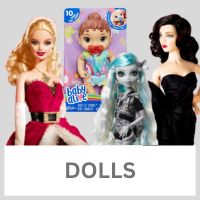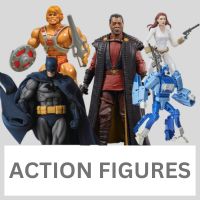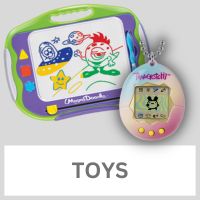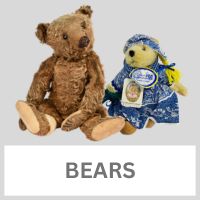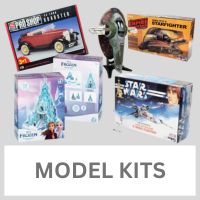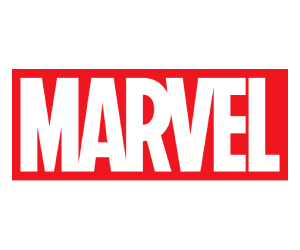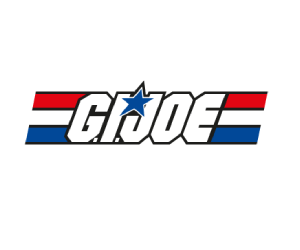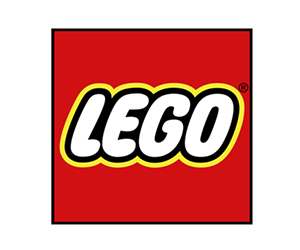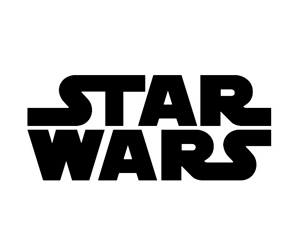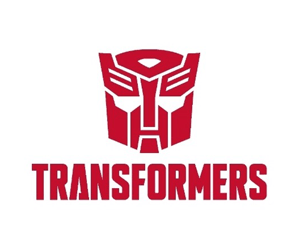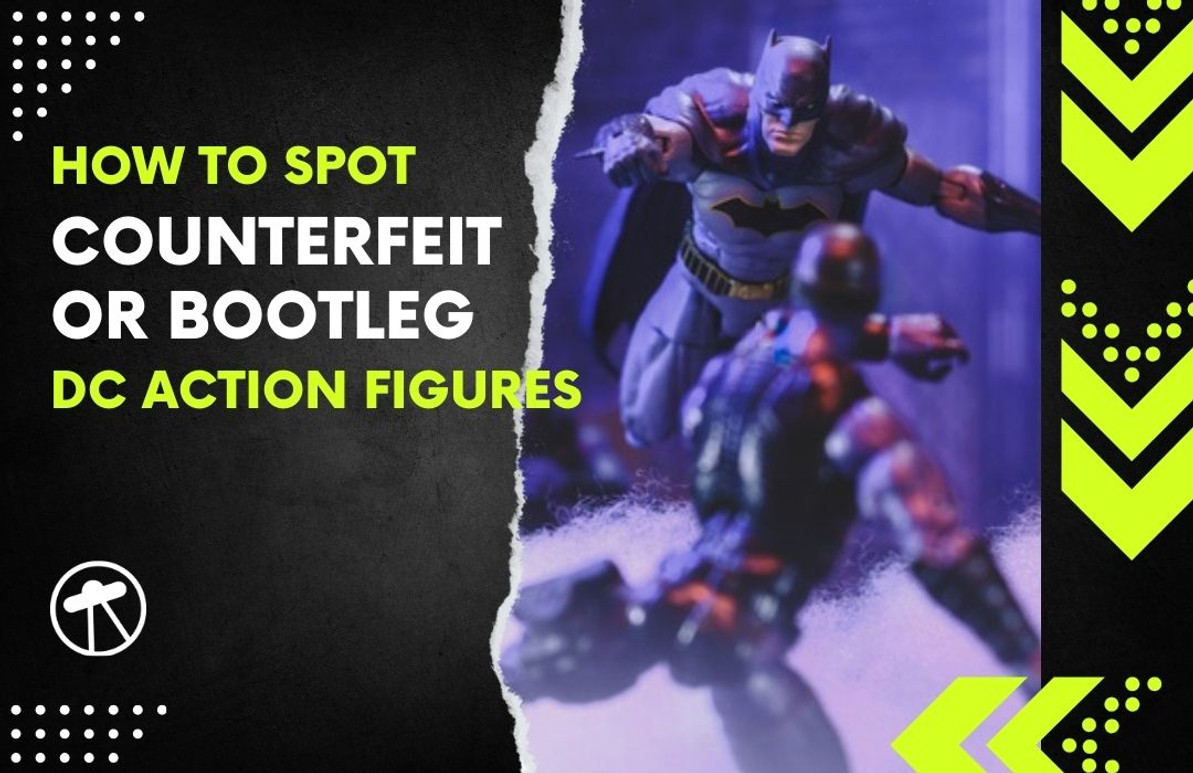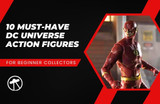How to Spot Counterfeit or Bootleg DC Action Figures
Hello fellow DC action figure enthusiasts! As a serious collector myself, I know how important it is to avoid counterfeit or bootleg figures that can damage your collection. In this comprehensive guide, I'll provide tips on how to identify fake DC products so you can shop with confidence.
Whether you're browsing at a convention, thrift store, or online marketplace, you'll learn the red flags that indicate a figure isn't authentic. With some knowledge and detective work, you can outsmart unscrupulous sellers and enjoy building your assortment of genuine DC action figures. So let's get started!
The best way to ensure you are buying legitimate DC action figures is to purchase them directly from reputable retailers and online stores.
Examine the Packaging
Genuine DC action figures always arrive in high-quality packaging, while knock-offs typically have flimsy boxes and plastic bubbles.
Start by checking for the official DC logo, which counterfeits often omit or alter slightly. Examine the style, artwork, and text on the box, looking for any blurriness, misspellings, or other errors. Authentic packages will have crisp images and text.
Also inspect the plastic bubble holding the figure. On official products, it should be cleanly attached with no tears or perforations. The plastic itself should be transparent and free of scratches or dust.
Fake figures tend to have cheaper, cloudy bubbles that aren't well secured.
Pay attention to the box seals as well. Licensed DC products feature clean, tight seals with tidy perforations. Counterfeits may have messy, uneven seals attached with visible glue or tape.
Scrutinize the Actual Figure
Now let's move on to the figure itself. Gently remove it from the packaging and begin meticulously examining the following aspects:
- Paint application - Authentic DC figures have smooth, consistent paint with clean lines between colors. Fakes will show messy application with drips, smears, or bleed between areas.
- Sculpt & molding - Genuine figures will have crisp, defined sculpting true to the original. Fakes tend to lack fine details with soft, ill-defined elements. Also check for excess plastic flash and mold lines which are common on counterfeits.
- Joint assemblies - High-quality, name brand figures have tight, sturdy joints. Check that limbs, heads, and accessories fit snugly without wobbling or falling off.
- Markings - Licensed DC products are clearly marked "DC" plus the copyright or trademark symbols. These markings should be neatly printed or molded, not sloppily stamped.
- Materials - Authentic figures use durable, high-grade plastic that feels rigid and substantial. Counterfeits are made from cheap plastic that bends easily. Examine joints and accessories closely for any brittle or gummy feeling plastic.
- Dust & residue - Watch for stickiness, oily residue, or caked dust which could indicate a knock-off that's been sitting unsold for a while. Official products will be clean and dry.
Research Seller Reputation
When shopping online marketplaces like eBay, always thoroughly research the seller's feedback and listing history.
Be skeptical of new sellers with zero or minimal history. Established sellers with strong feedback scores are generally safer bets when buying high-end collectibles.
Check what else the seller offers. Do they specialize in toys and collectibles or is it a random mix of items? A focused toy seller is a better sign than a generalist seller.
Scan listings carefully for mentions of "authentic," "official," "licensed" etc. This language commonly appears with genuine goods but is rare on counterfeits.
Contact the seller with any questions or concerns. Reputable sellers will gladly provide detailed responses while shady sellers may disappear.
A seller's reputation is a strong indicator of authenticity, so invest time researching before you buy.
Compare Prices
Whenever you spot a DC figure listed significantly below normal retail pricing, it should raise an immediate red flag.
While you can occasionally find legitimate bargains, most absurdly cheap items are cheaply made knock-offs. Price alone isn't a perfect indicator, but dramatic discounts do warrant extra scrutiny.
Research the normal price range for the figure you want using completed eBay listings and sales data. This gives you a reliable point of comparison.
Closely evaluate any figure priced 30% or more below typical market value, even if the rest of the listing appears fine. The drastic discount is likely too good to be true.
Inspect the Fingerprints
Here's one quick test you can do: examine any fingerprints visible on the figure.
Authentic DC products are produced in world-class factories with strict quality controls.
Employees wear gloves while handling the figures, so you'll rarely spot fingerprints.
Counterfeits, however, are often handled extensively through the knock-off production process. Fingerprints in the paint or plastic is a tell-tale warning sign.
Of course, fingerprints could also indicate a previous owner's handling. But if the figure looks untouched, lack of prints usually means authenticity.
Verify Limited Edition Numbers
For rare, limited edition DC figures, you can take verification one step further by calling the manufacturer and confirming the edition size and serial numbers.
High value exclusives from companies like Sideshow Collectibles come with unique production run information. Contact them using the info on their authentication page and they can cross-check the number on your figure.
While forgeries can also feature fake serial numbers, this method provides genuine peace of mind. Most counterfeiters won't bother with detailed matching documentation.
Authenticating limited editions directly with the manufacturer provides ironclad assurance you own the real deal.
Trust Your Instincts
With experience and a trained eye, you'll start to get a sixth sense for spotting DC product counterfeits. Trust your gut if something just doesn't look or feel "right" about a figure.
No single sign guarantees authenticity, so use your discerning collector's intuition as well. If your gut says a deal's too good to be true, walk away and keep hunting for the real thing.
For very rare or expensive items, don't hesitate to engage an authentication service to absolutely confirm legitimacy for major investments.
Honing your skills at identifying fakes takes time, but you'll soon be able to spot the signs immediately and find deals on authentic DC action figures.
Buy In-Person When Possible
The easiest way to ensure you're buying legitimate DC merchandise is to purchase directly from the source. Whenever possible, shop in person at:
- Official DC Stores - The rarest and most exclusive figures are often sold only through their stores in top collectible markets. Purchasing here guarantees authenticity.
- Comic & Collectible Shops - Established specialty shops stake their reputations on providing licensed goods to collectors. They won't risk their business on counterfeits.
- Conventions - While the independent sellers at conventions can vary in reliability, vendors are generally closely vetted for authentic merchandise. Shopping conventions allow hands-on inspection.
- Toy Shows - These massive collectible shows bring together dealers and sellers ranging from major retailers to independent hobbyists. Reputable exhibitors will stand by their products.
While in-person purchasing has its own risks, you'll have the advantage of thoroughly examining all aspects of the item before buying. Know your sellers and only hand over money when you're absolutely confident in a piece's legitimacy.
Perform an Online Background Check
When buying DC figures online, you likely won't have the advantage of examining the physical item first. But you can still research the seller thoroughly before making a purchase.
- Google the Username - Copy and paste the seller's username from the listing into Google. Explore their listings, feedback, and past history selling across multiple platforms like eBay, forums, and specialty shops.
- Lookup Contact Information - Sites like Whitepages allow you to input a seller's email address or phone number and search for matching names and locations. Use any contact info provided to vet the seller.
- Check Complaint Sites - Search the seller's name on complaint aggregator sites like Ripoff Report or BBB to uncover any past issues with consumers. Look out for patterns of selling counterfeits.
- Join Collector Forums - Register at collector forums related to DC figures and search the seller's name. You may find other members discussing issues or suspicions.
- Image Search Photos - Using Google image search, drag and drop the seller's photos into the search bar. Counterfeit sellers often reuse generic stock photos.
With some digital sleuthing, you can uncover useful background information and reviews on potential online sellers before committing to a purchase.
Analyze Shipping Origin
When purchasing online from auction sites like eBay, pay close attention to the listed shipment origin location. Counterfeit figures overwhelmingly ship from a few key countries:
- China - As the world's largest producer of fakes, China is the source for most counterfeit goods, including knock-off action figures. Chinese sellers merit extra scrutiny.
- Hong Kong - While not as prolific as mainland China, counterfeits still frequently ship out of Hong Kong. In-depth seller research is crucial.
- Russia - Russia has an active counterfeit market, though less so for American toys. Still, Russian origin deserves caution.
- Mexico - As a border nation, Mexico is a common shipping point for counterfeits entering the US. Scrutinize items coming from Mexico closely.
Domestic sellers or those from trusted allies like Canada, Japan, South Korea and Western Europe provide greater assurance and accountability if problems arise after purchase.
Look Closely at Character Faces
One key area susceptible to sloppiness on knock-offs is the character's head and facial details. Since the face is central to capturing the essence of a character, legitimate manufacturers take great care to finely craft these elements.
Examine the head first for overall proportions and shape. Counterfeits often have oversized or oddly shaped heads compared to the source material. Next, pay close attention to facial features.
Are the eyes, nose, lips, and other elements in proper alignment and symmetry? Fake figures commonly have eyes, noses, and mouths that are oversized, crooked, or placed incorrectly on the face.
Check that facial expressions match the character as well. For example, Batman should have a stern, serious look while Joker needs an appropriately maniacal grin. Details like eyebrows, masks, facial hair, and freckles should also match established character designs. Knock-offs lack attention to how strongly these small facial elements contribute to bringing a character to life.
The paint on counterfeit heads is another tell-tale sign. Authentic figures will have precise paint separation between hair, skin, masks, and facial elements. Fakes often have sloppy bleed between hair and skin tones. Tiny details like eye pupils may be rushed or hand-painted rather than crisp tampos. Blotchiness, drips, and unevenness around eyes, lips, and nose are other painting warning signs.
When evaluating any DC action figure, make the character's face your first focus point. Master legitimate sculpts and paint so instantly spotting small defects comes naturally. With practice, you'll quickly recognize the difference between quality, licensed heads vs slapped-together knock-offs.
Verify Character Costume Details
Beyond facial designs, examining the intricate elements of character costumes is another way to catch counterfeits.
Genuine figures aimed at devoted collectors take great pains to accurately recreate every detail of logos, patterns, insignias, armor, and clothing elements that make the costumes recognizable. Fakes, however, often shortcuts these fine points.
For a character like Batman, check that the chest insignia, belt, gauntlets, and other uniform elements perfectly match official art down to the precise shape, size, and finish. The intricate texture of Superman's chainmail-like outfit or Aquaman's scales should be present as well.
Look for accurate renditions of elements like The Flash's lightning bolts, the intricate stitching on Cyborg's torso, or the metallic sheen of Wonder Woman's bracelets and tiara. DC heroines should have neatly painted lip and eye colors true to their “look.”
Examine how fabric sits and drapes on the figure. Realistic folds and wrinkles add legitimacy while knock-offs appear flat and lifeless. Pay close attention to assembly quality too. Suits should fit together snugly with hidden or minimized joints. Loose, obvious joints are a counterfeit cue.
With a sharp eye for costume nuances, you can quickly spot the difference between diligent, licensed workmanship and the shortcut execution of fakes.
Verify Weight and Materials
When evaluating any DC action figure in hand, gauge its weight and feel which indicates production quality. Since counterfeits use substandard materials and processes, they almost always feel lightweight and flimsy compared to authentic versions.
Gently flex limbs, joints, weapons, and other elements checking for rigidity and durability. Licensed figures incorporate strong plastics carefully engineered for ideal balance between strength, articulation, and authentic appearance. Fakes skimp on plastic quality resulting in pieces that are brittle, gummy, or lacking structural integrity.
Examine paint application thickness and gloss levels as well. Authentic figures utilize paint properly formulated for bonding securely and maintaining opacity. Counterfeit paint tends to be thin, translucent, and prone to wearing off exposing the cheap plastic below.
The bodies of genuine figures feel solid and substantial while knock-offs tend to have a hollowness detectable when tapping on them. Seams and joints will be cleanly fused on official products vs messy excess plastic or gaps on fakes.
Weight and construction materials alone can't perfectly identify frauds, but contribute to overall evaluation. With handling experience, your brain automatically registers when a figure “feels right” vs suspect.
Research Character Rarity
When dealing with hard-to-find, limited edition, or highly sought-after DC characters, extra diligence is required. The rarer and more valuable a character is, the more likely counterfeiters will prey on overeager collectors.
Consult official production run info, past sales data, and secondary market pricing to get a sense of appropriate retail costs. If a deal seems too good for an exceptionally rare piece, it likely is.
Join collector communities and get marketplace advice to gauge authentic fair market values. A $50 price for an exclusive, limited run Batman valued at $500 is virtually guaranteed to be fake.
Look into the history of exclusive convention releases which are frequent counterfeiting targets. Know production numbers, selling dates, and packaging details on con exclusives to spot inaccuracies.
For shop exclusives, call the retailer to verify legitimacy if possible. Ask about holograms, branded tape, or other proof authentic sources include. Documentation, certificates of authenticity, and signatures affirm genuine rarities as well.
While scoring an amazing deal on pricey DC rarities can be tempting, massive discounts almost always indicate shady counterfeits rather than mythical bargains.
Conclusion
Spotting fake and inauthentic DC action figures requires vigilance, instinct, research, and trusting your seasoned collector's eye. But the payoff is enjoying complete confidence you're acquiring only genuine, high-quality examples for your prized collection.
While counterfeits might represent a shortcut to deals forsome, true DC devotees like us prefer the thrill of the hunt for authorized, authentic merchandise.
By applying the tips in this guide, staying patient, and buying smart, you can successfully navigate the world of DC collecting while steering clear of cheap knock-offs and forgeries.
Soon you'll have assembled a display-worthy collection of bona fide, authentic DC action figures to enjoy for years to come. Here's to many more happy hunting days ahead!
Frequently Asked Questions
Are counterfeit action figures illegal to purchase?
Technically, purchasing counterfeit goods violates trademark and copyright law. However, the onus is usually on the seller, while buyers typically face few if any legal penalties. Still, it's wise to avoid fake goods.
Can I tell if a figure is fake just by looking at seller photos?
Spotting fakes from photos alone is extremely difficult, even for experts. Hands-on physical inspection of the actual item is best whenever possible. At minimum, require clear, high resolution photos of all angles before purchasing online.
What should I do if I've purchased a fake figure?
First, report the fraudulent listing and seller through the site used for purchase. You can usually return the item for a refund if it was significantly misrepresented. Leave negative feedback about the counterfeit merchandise to warn future buyers.
Are limited edition numbers enough to guarantee authenticity?
Unfortunately, no. Counterfeiters commonly fake serial numbers and limited edition run information. While verifying numbers adds legitimacy, be sure to still inspect the physical qualities thoroughly.
Is it ethical to manufacture "bootleg" figures?
Legally, manufacturing or selling bootleg action figures that use licensed IP or trademarks violates the law and takes revenue from the owners and licensees. Ethically, many collectors frown upon bootlegs as well.
Recent Posts
-
The Iconic Barbie Collaboration with Bob Mackie and Cher
Imagine a world where fashion, glamor, and pop culture icons collide in the most fabulous way possib …Apr 24th 2024 -
Marvel Legends Action Figure Collecting Guide: Where to Find Deals and New Releases
If you're reading this, chances are you've caught the collecting bug and are on the hunt for the coo …Apr 22nd 2024 -
10 Must-Have DC Universe Action Figures for Beginner Collectors
Are you just starting your DC Universe action figure collection? With hundreds of characters spannin …Apr 22nd 2024


